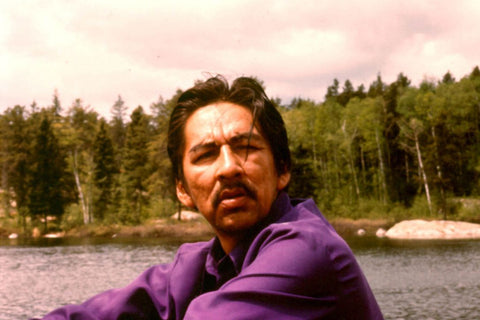March 13, 2020



Comments will be approved before showing up.
March 16, 2020
December 17, 2018
August 10, 2017
Sit down and I will tell you a tale. About a painting, a man, and his friends. As told to us by the client who owned the painting “The Young Thunderbird”. The Young Thunderbird It was early 1970’s and I was living in the Beaches in Toronto. It was a time that anything was possible and everything...
Steffich Fine Art
Open 7 Days a Week (most weeks)
Open 10a-5p (most days)
Established in 1992
149 Fulford Ganges Rd #101 Salt Spring Island, BC V8K 2T9
info@steffichfineart.com | Toll Free: 1-877-537-8448
Phone: 250-537-8448 | Text: 1-250-537-7827
JOIN OUR MAILING LIST 😃 (No Spam - ever, never!)
© 2024 Steffich Fine Art.
All rights (and lefts) reserved.
Powered by Leonardo Davinci's Ghost
